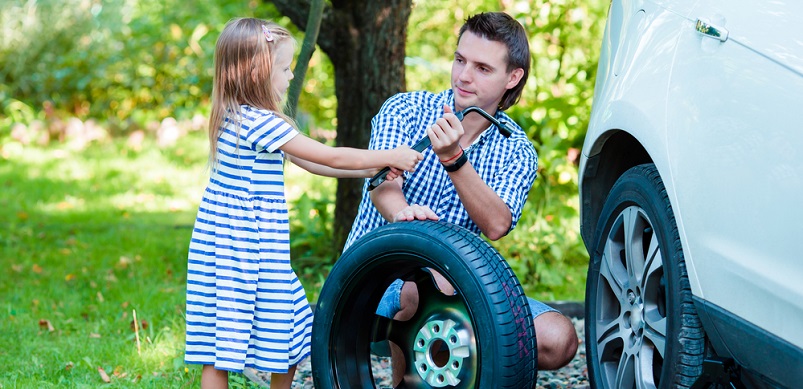
How we can all raise the next generation for a more sustainable future
June 21, 2022 | Environment | Lifestyle | Repair, Re-use & Recycle | No comments
From one generation to the next, we’re always taking leaps and bounds to improve the world around us. That’s why, in the modern age of technology and electrical appliances, we should take extra care to make sure today’s progressions don’t become tomorrow’s problems.
In a time when throw-away culture is prevalent and landfills are filling up faster than ever, it’s time we taught our young to not just create new things, but also to fix the things we already have. Here’s how we can raise the next generation to create a more sustainable and repair-friendly future!
Get them started young

Whether it’s your own children, your nieces or nephews, or any other youngsters in your life, it’s important to teach them the value of repairing over replacing at a young age. The habits we learn as children often stick with us, so a child who is raised to be repair-friendly is much more likely to keep that mindset once they grow up.
Of course, the last thing you want to do is confuse a child by trying to make them do too much too soon either. Your ten-year-old won’t be fixing a faulty oven or swapping the car tire anytime soon! But by easing them in with the basics as soon as they’re old enough to understand – whether that’s putting a broken toy back together or changing a wheel on their bike – you can get them started with a skill set that will benefit both themselves and the planet throughout their lives. After all, a child who fixes is one less person needlessly throwing their damaged but fixable goods into landfills in the future!
Show them the rewards

That being said, it’s hard to keep a child interested in something if they think the lesson you’re teaching them is all work and no play. That’s why you should make sure to show them the rewards of repairing, rather than letting them think they’re just being taught how to work. Let’s face it, kids want to play, not be boring adults… which is why it’s vital to show your young ones that their fixing skills will help them keep the things they love for longer.
Depending on their age, this could be something as simple as helping them a fix remote control car or a similar battery-powered gizmo. If they’re too young for that, however, you could simply make a show of it and do the work yourself. Fix something that you own and have them watch. Then, once the appliance or item you’re repairing is up and running again, show some real enthusiasm about what you’ve achieved. This is sure to get the youngster you’re teaching enthusiastic too, and they’ll remember that positive feeling when they pick up a screwdriver or spanner for the first time themselves.
Set an example

Ultimately, you won’t be able to teach any children in your life a valuable and sustainable skillset if you don’t practice what you preach. If you don’t have repair skills yourself, you won’t be able to pass them down to the next generation… and if it’s obvious you don’t enjoy or take the time to fix things, your little ones will probably wonder why they should be any different.
Because of this, teaching the future generation to be more repair-friendly and sustainable must begin from within. By continuously teaching yourself to fix the goods, electronics and appliances you own, you’ll be better suited to passing those skills along when the time comes. If the children in your life see you fixing things on a regular basis, they’re much more like to take an interest themselves!
Hopefully, this blog has inspired you to pass on your DIY wisdom and help shape the future generation into one that’s sustainable, eco-conscious and repair-friendly. While you’re at it, why not help them see the benefits of looking after mother earth in a more literal sense too? Our article on 5 ways to get your children interested in gardening will help you show your young’uns the beauty of all things that grow in no time!
Tags: appliance repair, Appliance Repairs, DIY, Sustainable

